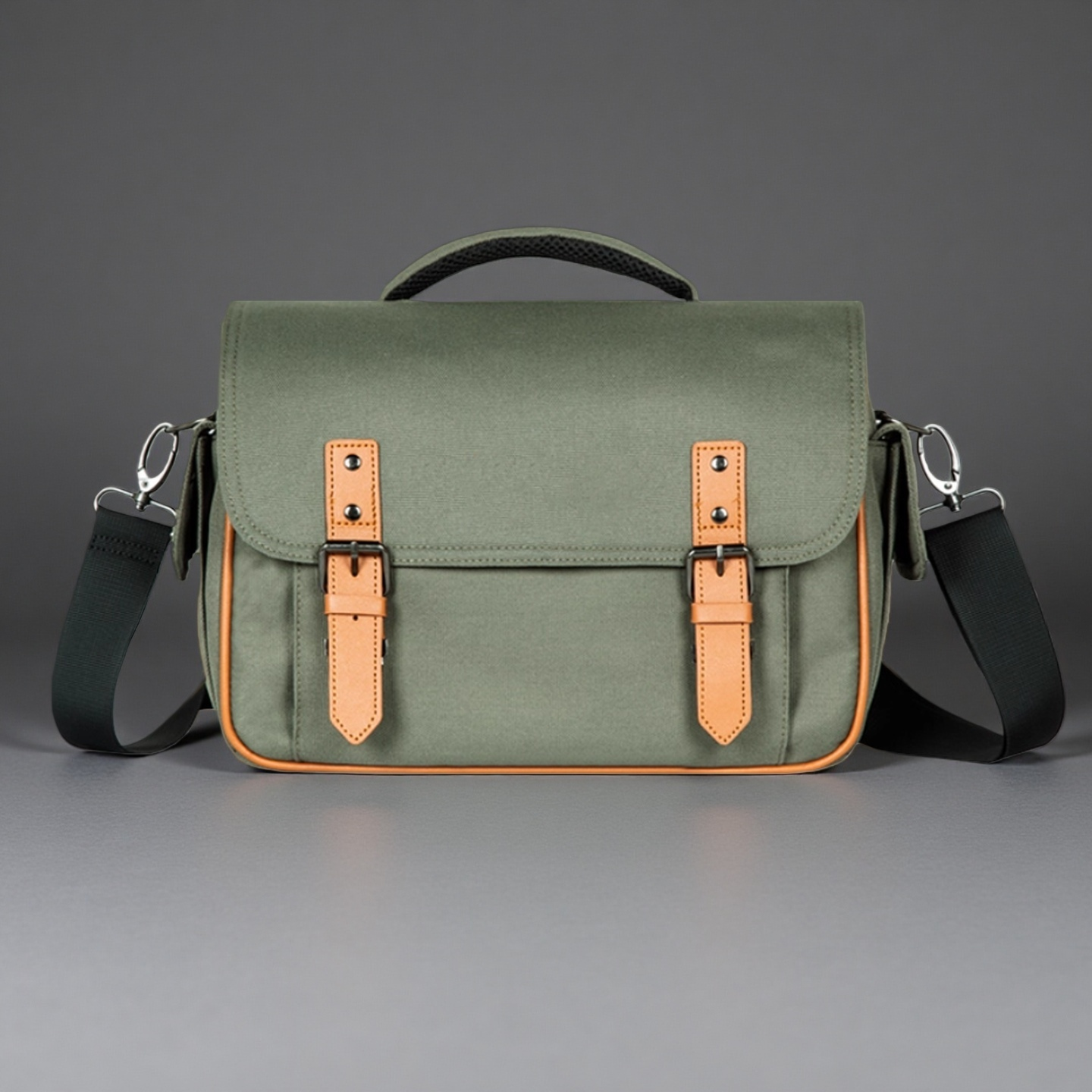
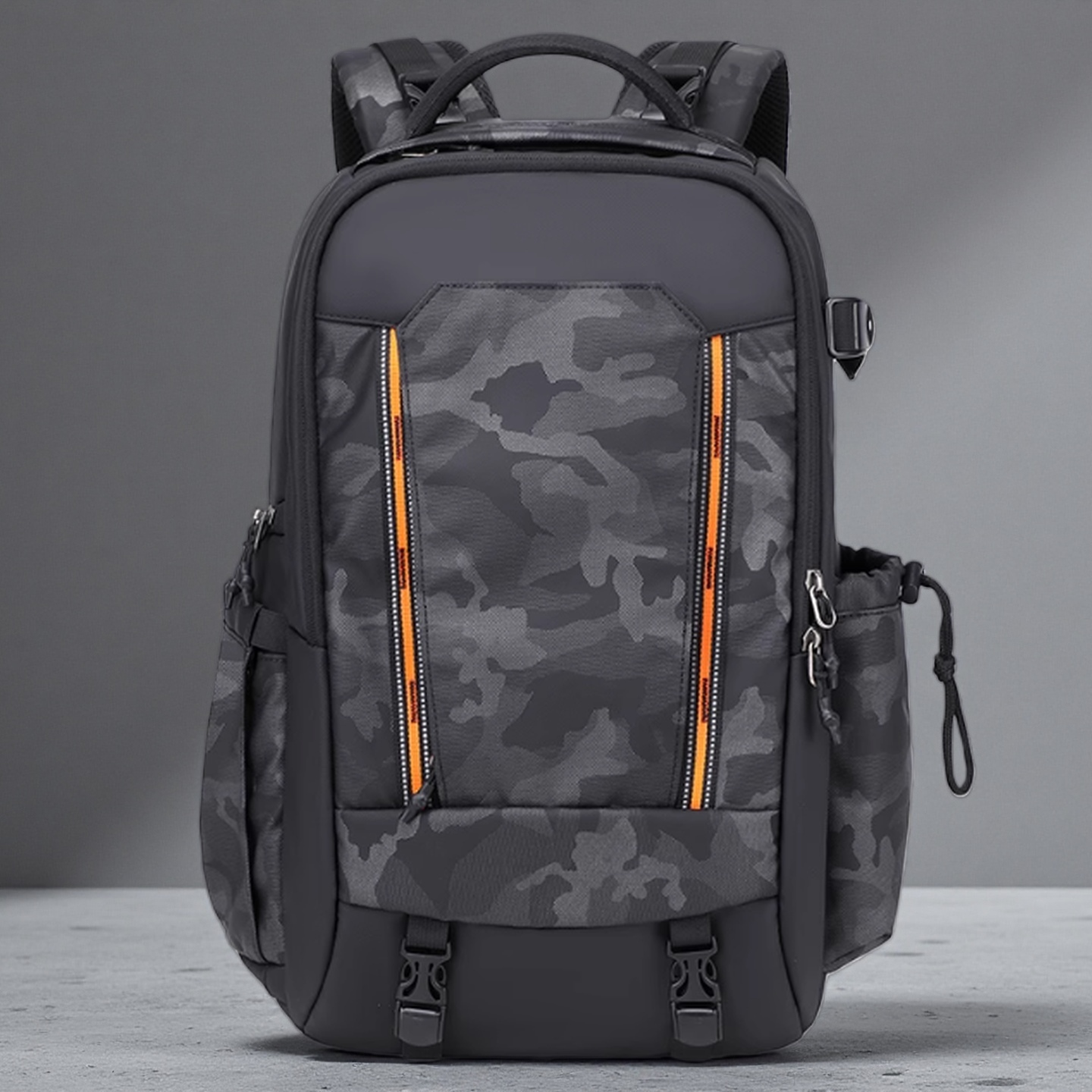
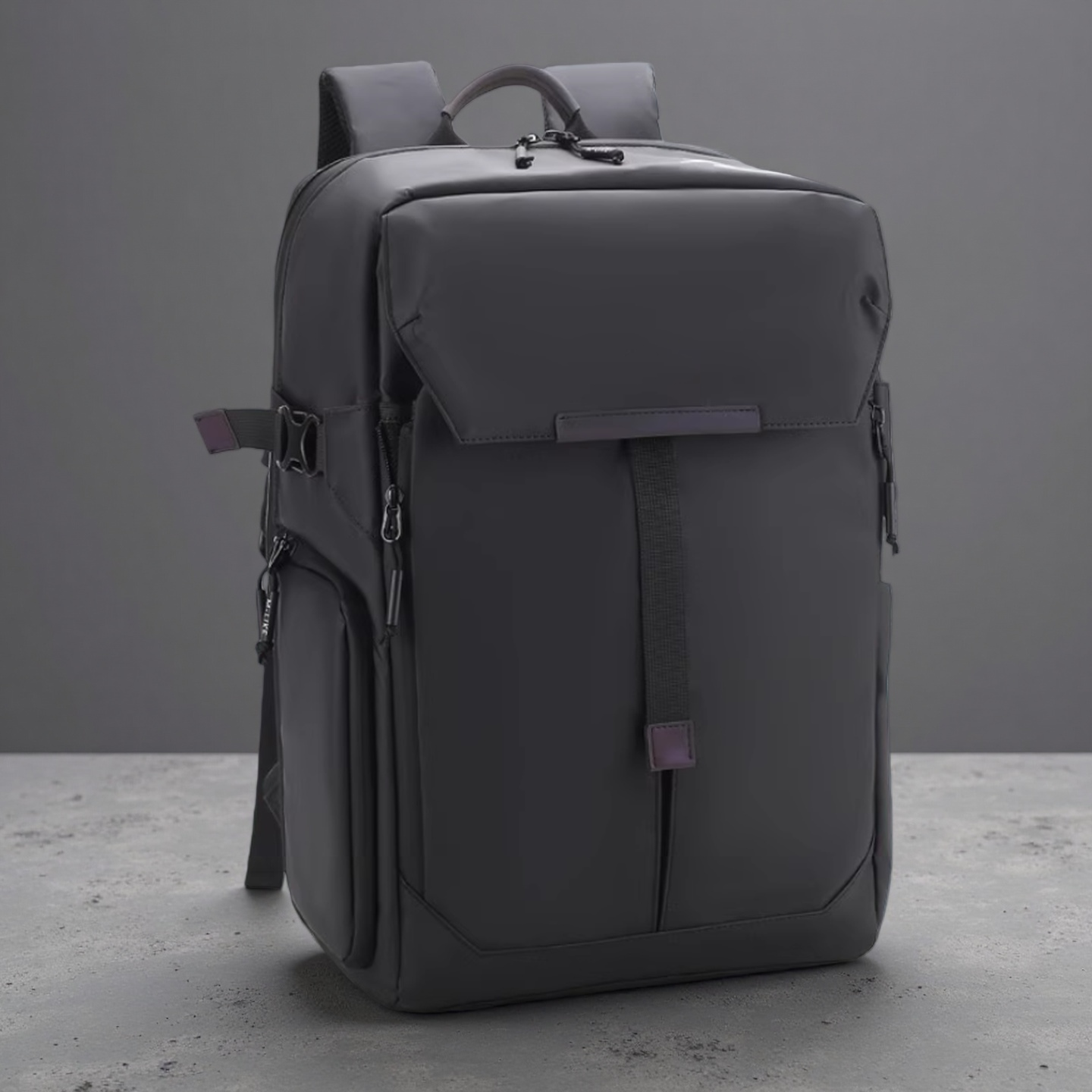
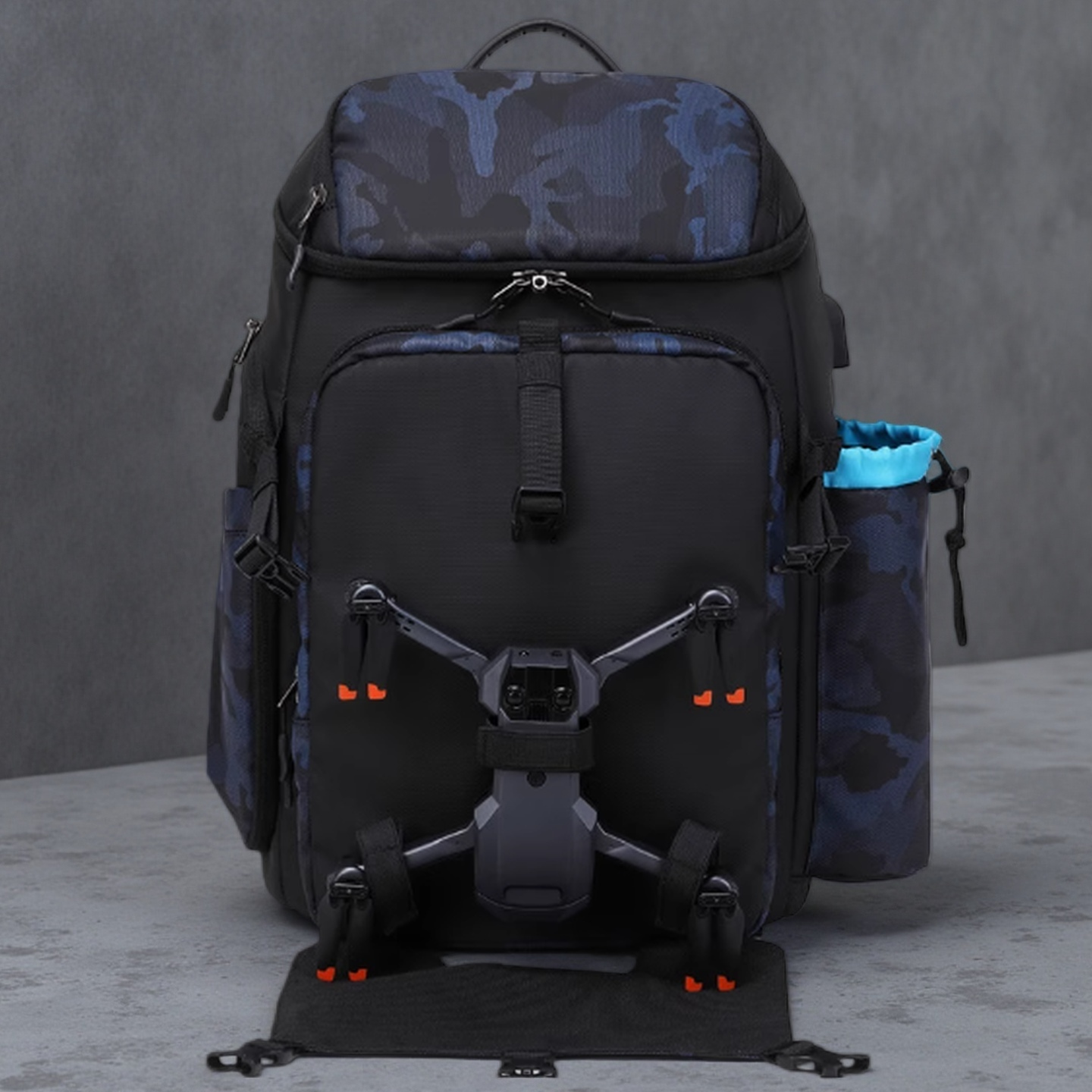




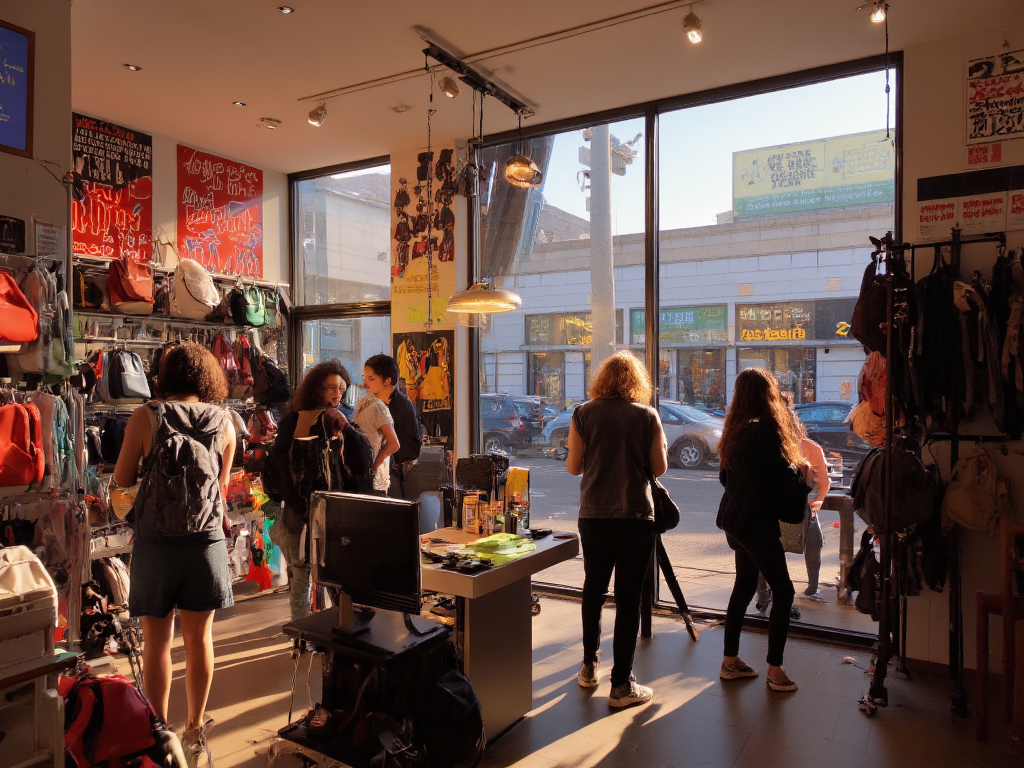
In the competitive world of retail, every detail matters—from the layout of shelves to the color palette of a store’s interior. But one often underestimated element is the role of backpacks in shaping customer journeys. For European retailers, backpacks are more than just functional accessories; they’re silent ambassadors of brand identity, practicality, and even sustainability. Whether displayed as part of a curated collection or used by shoppers during in-store browsing, the right backpack can elevate a store’s appeal and drive engagement.
This article explores why retail backpacks are becoming a strategic asset for stores across Europe, unpacking their impact on customer loyalty, brand perception, and operational efficiency.
European consumers value authenticity and storytelling. A well-designed backpack displayed in-store isn’t just a product—it’s a narrative. For instance, a minimalist leather backpack with clean lines might appeal to urban professionals in Berlin or Paris, subtly communicating sophistication and durability. Meanwhile, a brightly colored, eco-friendly backpack made from recycled materials could resonate with eco-conscious shoppers in Scandinavia or the Netherlands.
Why it matters:
Visual merchandising: Backpacks styled to match a store’s aesthetic create cohesive visual storytelling, encouraging customers to imagine themselves using the product.
Cultural alignment: European markets prioritize local trends. For example, Italian retailers might emphasize luxury craftsmanship, while German stores focus on ergonomic designs for practicality.
Beyond aesthetics, backpacks serve a functional purpose in-store. Many European retailers now offer branded backpacks as part of the shopping experience—for instance, providing reusable totes for customers to carry items while browsing. This tactic not only reduces plastic waste (a key concern in the EU) but also turns the backpack into a mobile advertisement once the customer leaves the store.
Key considerations:
In a survey by a leading European retail consultancy, 68% of shoppers admitted that in-store product displays directly impacted their impulse buys. A strategically placed backpack—paired with signage highlighting its features (e.g., “Waterproof for Alpine Adventures” or “Designed for Commuters”)—can trigger emotional connections. For example:
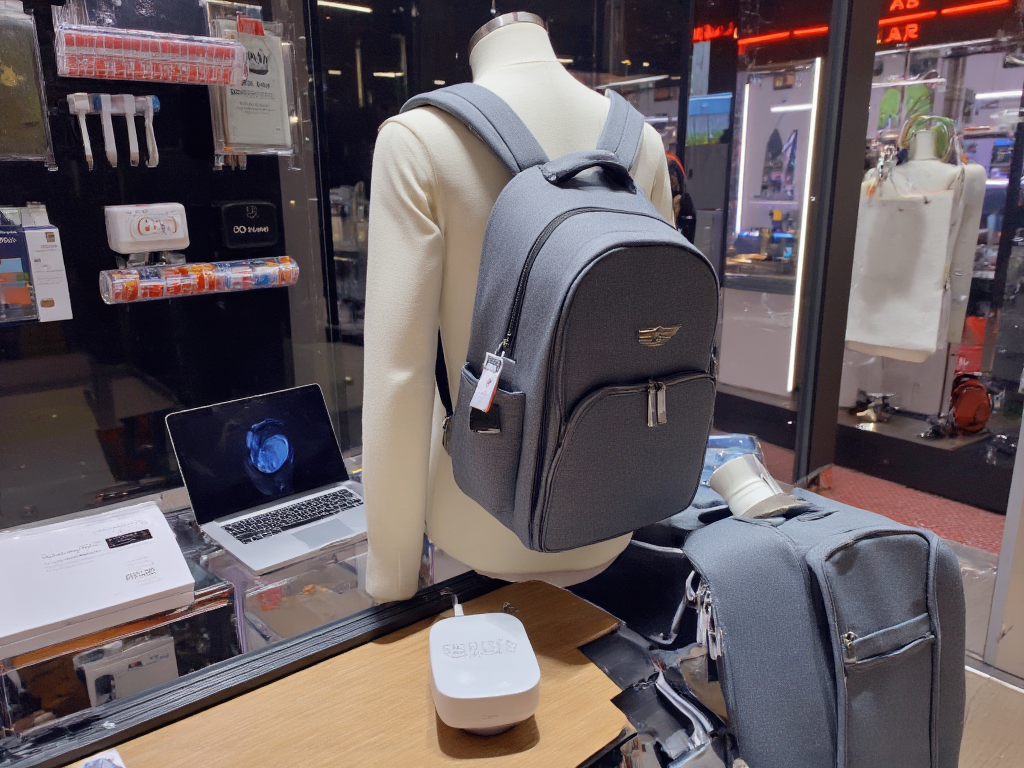
Europe’s Green Deal and consumer demand for ethical practices make sustainability a critical factor. Retailers are increasingly partnering with suppliers who offer:
Highlighting these features in-store (e.g., through QR codes linking to sustainability reports) builds trust and aligns with EU regulatory trends.
In cities like London and Amsterdam, retailers are experimenting with “smart backpacks” embedded with tech features—USB charging ports, GPS trackers, or anti-theft locks. These innovations cater to Europe’s tech-forward consumers while differentiating stores from competitors. One Berlin-based boutique reported a 22% increase in foot traffic after introducing a line of solar-powered backpacks for urban adventurers.
The right backpack can transform a retail space from transactional to experiential. For European retailers, this means curating designs that reflect local values—whether it’s Scandinavian minimalism, Mediterranean elegance, or Alpine ruggedness. By prioritizing quality, sustainability, and customer-centric features, stores can turn backpacks into powerful tools for brand loyalty and sales growth.
Ready to explore backpacks that align with your store’s vision?
Discover tailored solutions designed for Europe’s dynamic retail landscape—[Contact Us] to request a curated catalog or schedule a consultation.